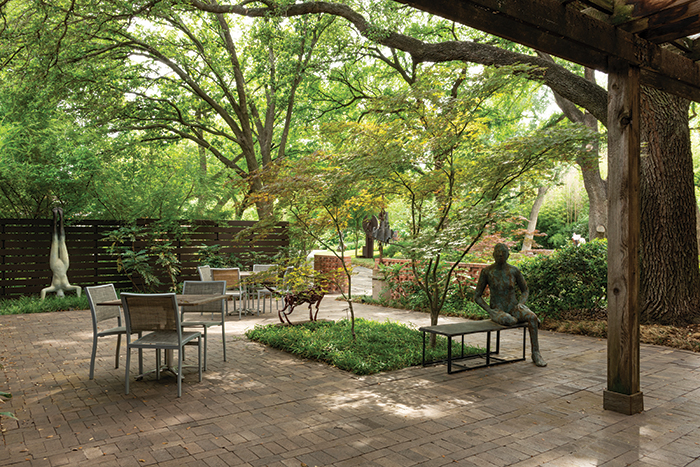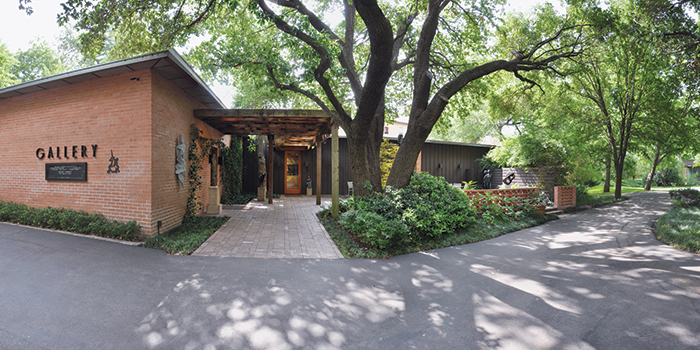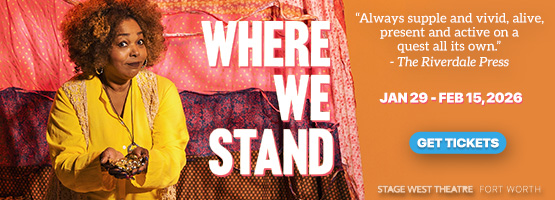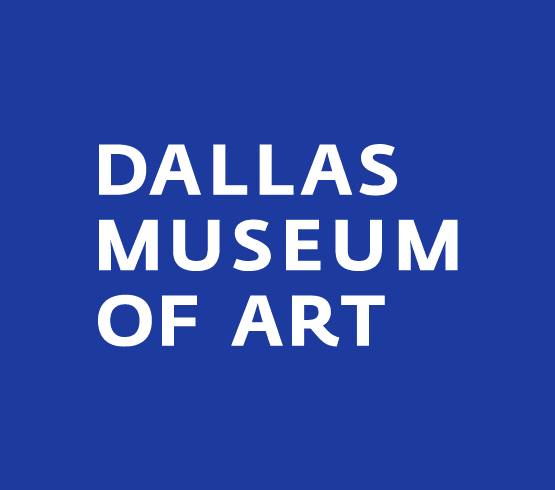On an unassuming road bisecting a suburban neighborhood lies one of Dallas’s most treasured art spaces. For 70 years, Valley House Gallery & Sculpture Garden has been showcasing work from significant names of the 20th Century and an eclectic mix of contemporary art, all in a bucolic setting that includes a 4.3-acre sculpture garden.
“It’s just like a continuum,” says Kevin Vogel of Valley House’s Platinum Jubilee. “You just keep trying to go forward all the time. It’s sometimes a little rocky and sometimes the most amazing thing that ever happened, but we’ve been extraordinarily lucky on all levels.”
It all began with Vogel’s father, artist Donald Vogel, and his wife, Peggy. In 1950, while living in the servant’s quarters and a garage of a burned-out house on Forest Park Road, they were visited by a wealthy arts patron, Betty McLean, who was considering opening her own modern space. Initially taking on the role of assistant director, Donald helped her launch The Betty McLean Gallery in Preston Center Village, which quickly became notable for showing American and European art, including works by Chagall, Matisse, Monet, Picasso, Renoir, and Toulouse-Lautrec, alongside Texan talents.
When moving from their initial home, the couple searched for a place they could ultimately live in while servicing McLean with a framing operation. Discovering a remote half-mile stretch of Spring Valley Road, they were delighted to find a valley tucked between untouched woods and a creek and made an immediate offer on which they closed on April Fool’s Day, 1953.
Donald Vogel hired Fort Worth modernist architect John Wesley Jones to help him design the airy abode that looked out towards the sprawling yard. When McLean decided to close her gallery the following year, it was a natural evolution for the Vogels to start exhibiting art in their home.
“He and my mother were working for the gallery and suddenly were out of a job. He continued on as a framer but also taught art to Dallas people. He was doing whatever he could to make money, but often, he didn’t have two nickels to rub together. Fortunately, everything worked out as far as having people that were supportive and willing to drive all the way out of the town to Valley House to see shows.”

1 ⁄4
Cheryl and Kevin Vogel of Valley House Gallery & Sculpture Center. Photo by Ben Bascombe.

2⁄4
Valley House Gallery Garden. Photo by Ben Bascombe.

3 ⁄4
Installation view of Botanical Exhibition. Photo by Ben Bascombe.

4 ⁄4
Valley House Gallery & Sculpture Center. Photo by Ben Bascombe.
Inaugurated in 1958, the Gene Bishop-designed gallery launched with a show of Paul Maxwell paintings, setting the stage for the second iteration of Valley House. The next year saw the completion of the sprawling gardens, which remain a free-to-the-public treasure to this day.
As Donald Vogel continued to show work by the likes of Chagall, Gauguin, Henry Moore, Monet, and Van Gogh, the gallery’s reputation remained stellar from coast to coast, and Donald continued to paint throughout the years. Growing up in these rarified environs, Kevin Vogel was always intrigued by his surroundings, but he still wasn’t sure what he wanted to do for a living.
“My father was very cunning in that he never pushed any of that,” he recalls. “He’s always been like, ‘You’ll find out what you want to do eventually, and I don’t care what it is.’ It was this weird combination of two visionary people: my father, who is a dreamer but practical, and my mother, who could write beautifully and did the books for the gallery. I would occasionally help in high school, but I was never really thinking the gallery business was something I was going to be involved in.”
Sadly, Peggy Vogel became ill with breast cancer around the time Kevin graduated. The Vogels thought it would serve their middle son well to take a year off and explore Europe, and he soon fell in with a group of art history students on their grand tour. By the time he returned home, his fate was set. He was clearly needed to help his father steer Valley House towards its future, and Kevin Vogel curated his first show in the space in 1979.
After Donald Vogel died in 2004, the younger Vogels took over the property, maintaining and modernizing the house and renovating the paths that wound through the grounds, creating “a contemplative space” where visitors can get away from the world and visiting artists can indulge in plein air painting.
Kevin also pivoted Valley House’s focus from modern art to Texas art to its current eclectic, contemporary mix while still remaining true to his father’s pioneering spirit.
He says, “We really have changed radical direction over the past 70 years. Mounting a Frank Stella show is not something that particularly interests me; I’d rather find talent that is amazing and build it up. To me, it’s a quality issue. We have artists who are naïve, who have just started painting, and artists who have museum shows. We want incredibly solid painters, sculptures, and people doing exceptional work, and I think you can see that in our annual booth at the Dallas Art Fair.”
Indeed, the next two shows at the space are John Patrick Cobb’s immersive chapel installation (running through Nov. 9, 2025) and an exhibition of Texan landscapes.
The Vogels find themselves at nearly 70, contemplating the future of their iconic space when their retired peers are having cocktails overlooking the Grand Canyon. Kevin Vogel hopes to steward Valley House so that the public can continue to enjoy it and is currently approaching institutions such as the Nasher Sculpture Center in the hopes of creating a 501c3 to keep the environs open for future generations to enjoy.
“I have a vision of what Valley House could be if I had the deep pockets,” he muses. “I’d love a foundation to maintain this place to be open for people to walk the garden and have sculpture shows on a regular basis, and the gallery can live on. Someone asked me if I expected the gallery to be here another 70 years, and I said, ‘Not with me,’ but there’s no reason it couldn’t be moved to somewhere else. We have a special group of artists we work with and a history that’s unbeatable in this part of the world. I’m ready to sit with anyone who has a vision and the money to back it up.”
—KENDALL MORGAN





